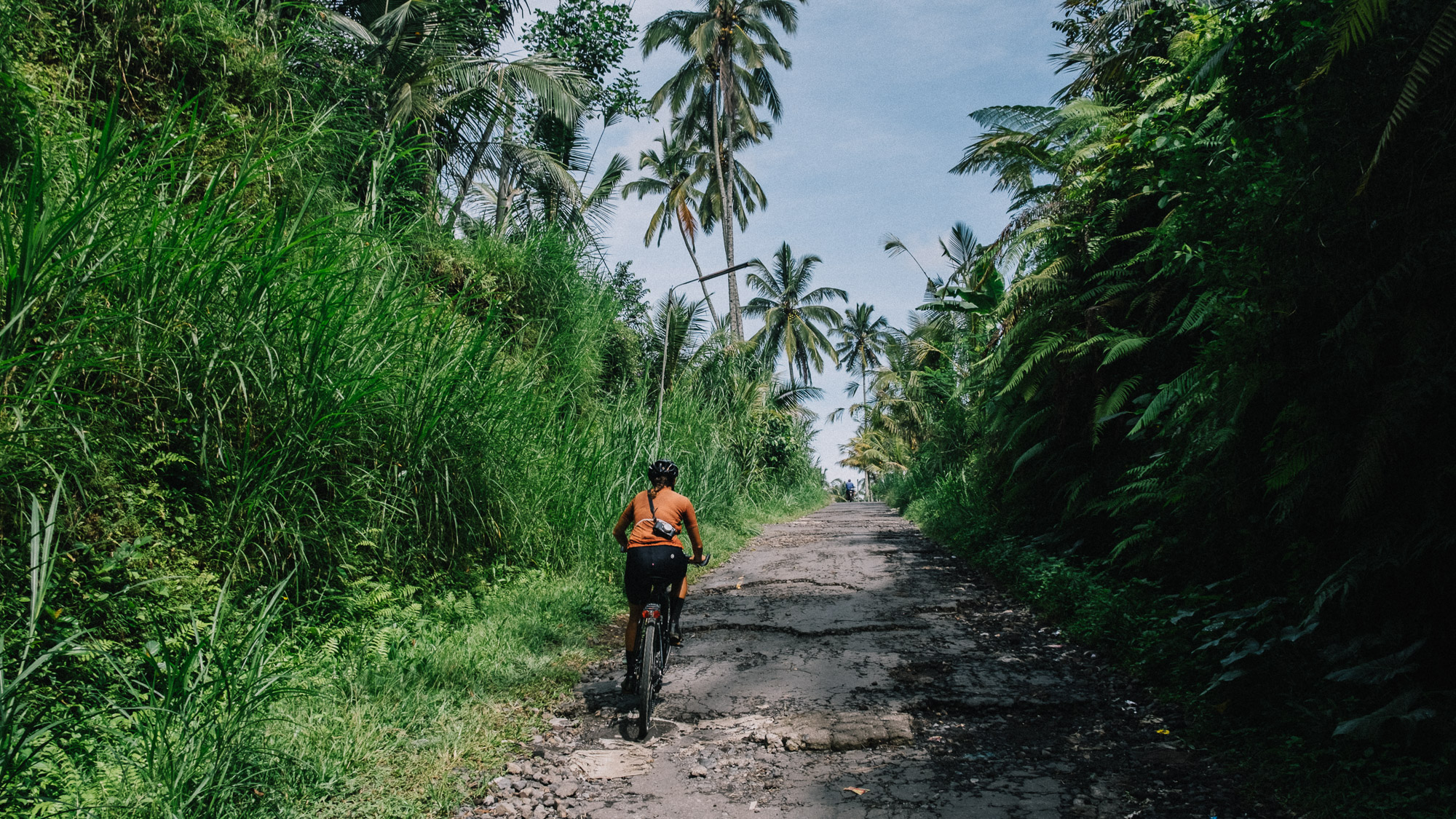Bikepacking
-
Cycling in Nepal – Bikepacking the Annapurna Circuit Trek
The Annapurna Circuit Trek is one of the world’s most beautiful high altitude hiking trails. It winds through some of the world’s tallest mountains in the breathtaking Himalaya’s. We cycled over dirt roads, climbed along steep cliffs and pushed our bikes over the snow covered Thorung La pass, the highest hiking pass in the world.
Written by
-
Nepali tigers and more dangerous drivers
Nepal is a land of discovery with rich ancient cultures and eight of the ten highest mountains in the world. But we were not the first to discover this poor and simultaneously wealthy country. Tourism is the largest industry, pumping big bucks in the economy, but bicycle tourists are still quite rare. Immediately as we
Written by
-
India: Chaos and five bicycles stuck in the middle
India is not the first country that comes to mind on a bicycle tour around the world. But we were drawn to the culture, the cuisine and the warm climate. We were looking forward to all the chaos, which somehow always seems to work out exactly how it was supposed to. We’re just not sure…
Written by
-
A hitchhikers guide to Kyrgyzstan (on a bike)
Sometimes you visit a city or a country and you just know you will be back one day. Kyrgyzstan was like that for us. We had seen and heard amazing stories of people bikepacking this rugged country. We had just missed the boat this year. It was October, so too late in the year to
Written by
-
The Pamir Highway – Part IV
Our third week on the Pamir Highway led us through the famous Wakhan corridor. A historical, remote and beautiful region, with only a river separating Tajikistan from Afghanistan. We passed old ruins, military bases and wheat fields, and everyone we met greeted us with a smile and a heartfelt invitation for chai.
Written by
-
The Pamir Highway – Part III
Our third week on the Pamir Highway led us through the famous Wakhan corridor. A historical, remote and beautiful region, with only a river separating Tajikistan from Afghanistan. We passed old ruins, military bases and wheat fields, and everyone we met greeted us with a smile and a heartfelt invitation for chai.
Written by










